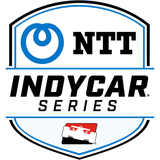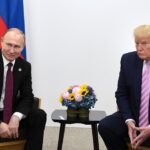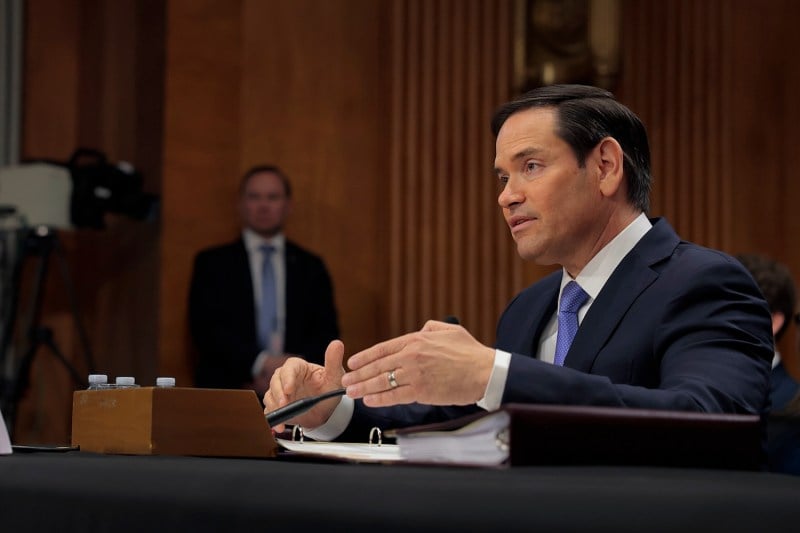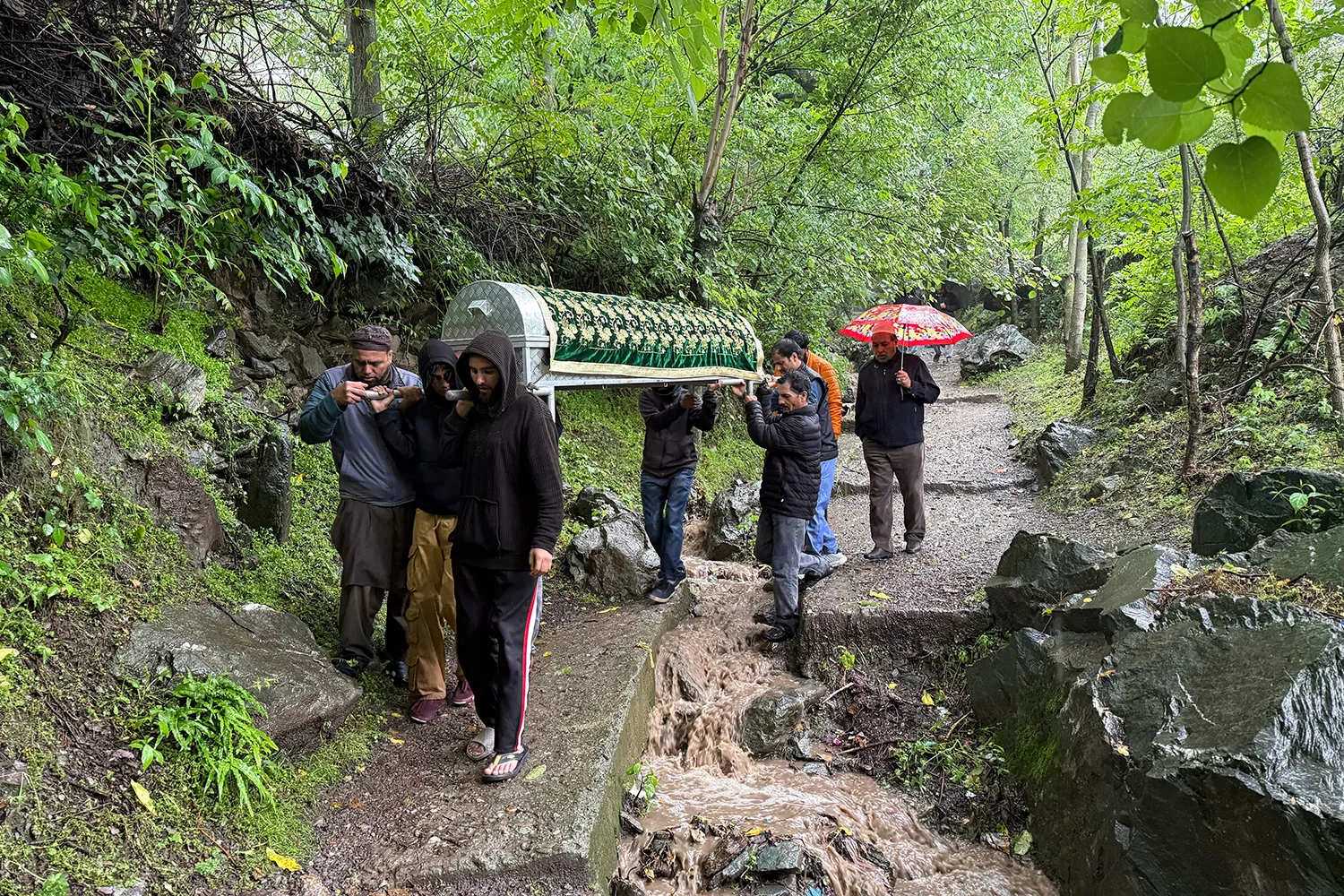U.S., India Talk Trade as New Tariffs Hit

U.S., India Talk Trade as New Tariffs Hit
South Asia Brief on where bilateral negotiations stand.
U.S. President Donald Trump and Indian Prime Minister Narendra Modi hold a joint press conference in the White House in Washington on Feb. 13. Andrew Caballero-Reynolds/AFP via Getty Images
U.S. and Indian officials concluded an initial round of discussions on a bilateral trade deal in New Delhi over the weekend. Talks regarding specific sectors are expected in the next few weeks. The two countries committed to pursuing a deal in February, after Indian Prime Minister Narendra Modi met U.S. President Donald Trump in Washington.
The time frame is tight, with an agreement on the first phase of a trade agreement targeted for the fall. Trade negotiations are especially urgent for India because they are playing out against Washington’s new reciprocal tariffs, which Trump was expected to unveil on Wednesday.
U.S. and Indian officials concluded an initial round of discussions on a bilateral trade deal in New Delhi over the weekend. Talks regarding specific sectors are expected in the next few weeks. The two countries committed to pursuing a deal in February, after Indian Prime Minister Narendra Modi met U.S. President Donald Trump in Washington.
The time frame is tight, with an agreement on the first phase of a trade agreement targeted for the fall. Trade negotiations are especially urgent for India because they are playing out against Washington’s new reciprocal tariffs, which Trump was expected to unveil on Wednesday.
The levies could hit India hard: The country has a nearly $50 billion trade deficit with the United States in its favor. New Delhi’s tariff rates are among the world’s highest; on average, it currently charges more than 10 percent more on U.S. imports than the United States charges on Indian imports. Trump has repeatedly singled out India as a tariff offender.
The U.S.-India trade deal is intended to reduce both tariff and nontariff barriers, meaning that reaching an agreement could help blunt the effects of any new U.S. duties on India’s economy. However, the trade talks will be a slog. India has already committed to increasing imports of U.S. goods, but important Indian economic considerations might make New Delhi unwilling to purchase as much as Washington would like.
Read more in today’s South Asia Brief: India Faces High Stakes in U.S. Trade Talks
This post is part of FP’s ongoing coverage of the Trump administration. Follow along here.
Michael Kugelman is the writer of Foreign Policy’s weekly South Asia Brief. He is the director of the South Asia Institute at the Wilson Center in Washington. X: @michaelkugelman
More from Foreign Policy
-

An illustration shows a golden Cybertruck blasting through a U.S. seal of an eagle holding arrows and laurel. Is America a Kleptocracy?
Here’s how life could change for the rich, poor, and everyone in between.
-

The flag of the United States in New York City on Sept. 18, 2019. America Is Listing in a Gathering Storm
Alarms are clanging at the U.S. geographic military commands around the globe.
-

U.S. President Donald Trump shakes hands with Supreme Court Chief Justice John Roberts during Trump’s inauguration in Washington, D.C. The U.S. Judicial Crisis Is Uniquely Dangerous
But other democracies provide a roadmap for courts to prevail over attacks from the executive branch.
-

An illustration shows a golden Newtons cradle with Elon Musk depicted on the one at left and sending a globe-motif ball swinging at right. Elon Musk’s First Principles
The world’s richest man wants to apply the rules of physics to politics. What could go wrong?










Join the Conversation
Commenting on this and other recent articles is just one benefit of a Foreign Policy subscription.
Already a subscriber?
.
Subscribe
Subscribe
View Comments
Join the Conversation
Join the conversation on this and other recent Foreign Policy articles when you subscribe now.
Subscribe
Subscribe
Not your account?
View Comments
Join the Conversation
Please follow our comment guidelines, stay on topic, and be civil, courteous, and respectful of others’ beliefs.
Change your username |
Log out
Change your username:
CANCEL
Confirm your username to get started.
The default username below has been generated using the first name and last initial on your FP subscriber account. Usernames may be updated at any time and must not contain inappropriate or offensive language.